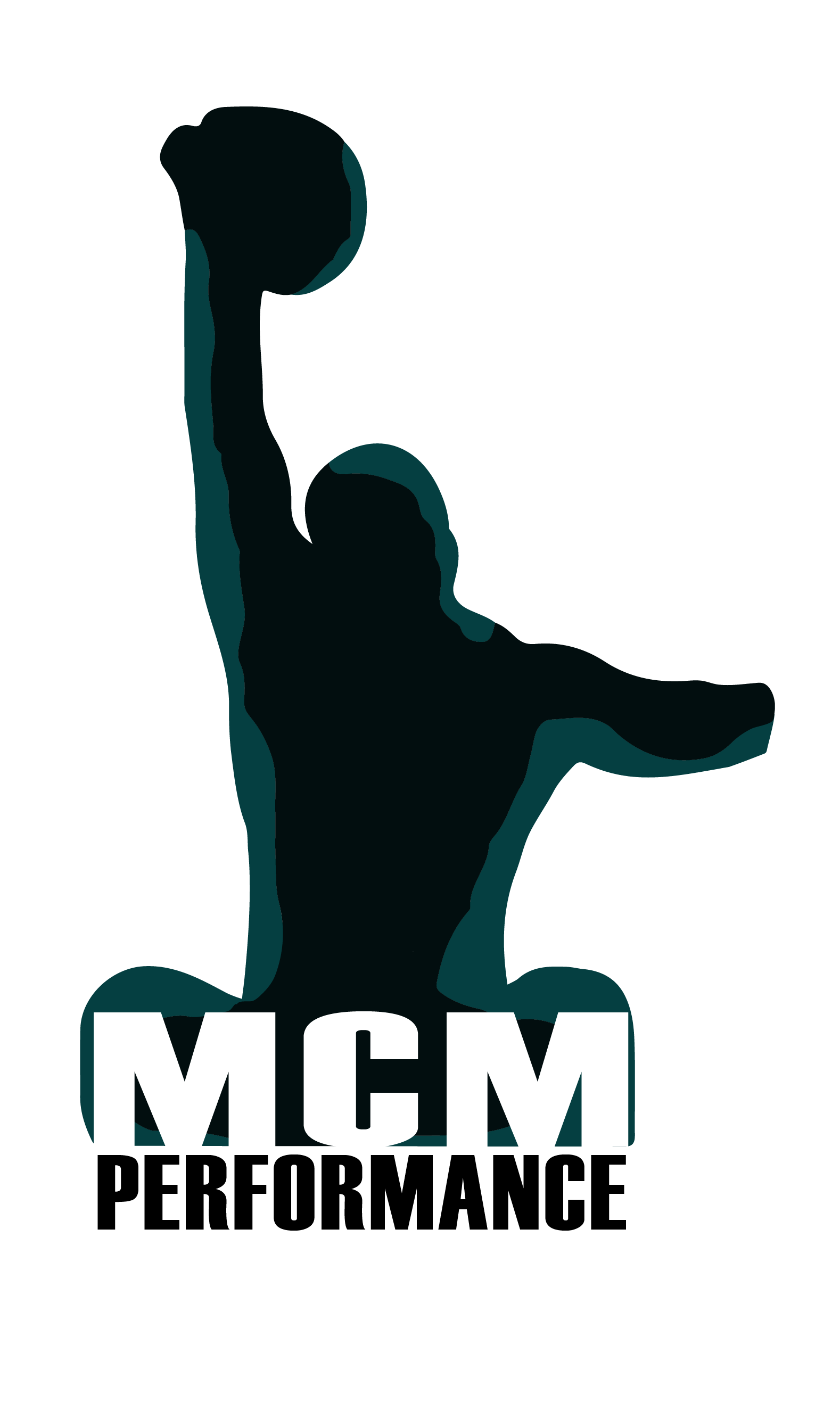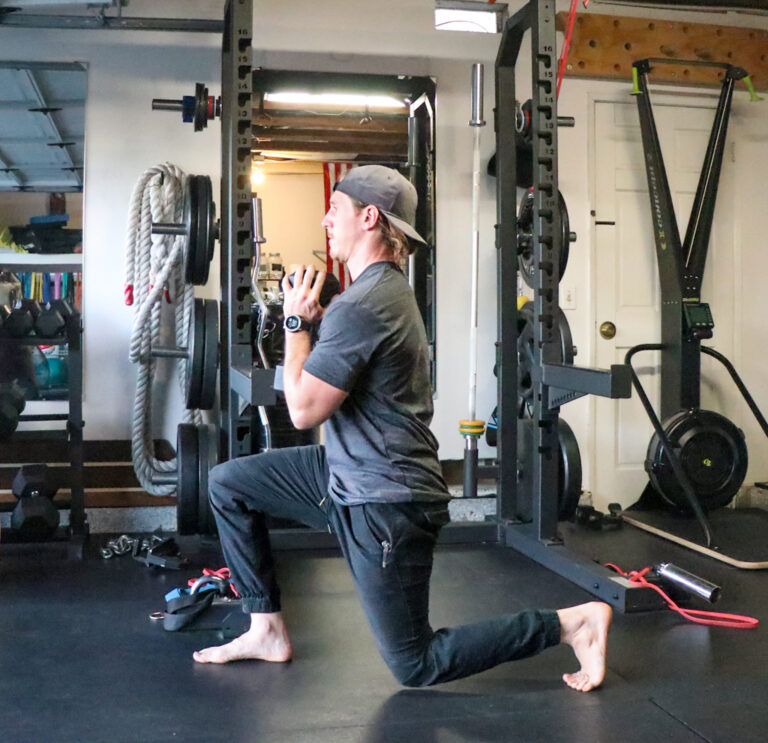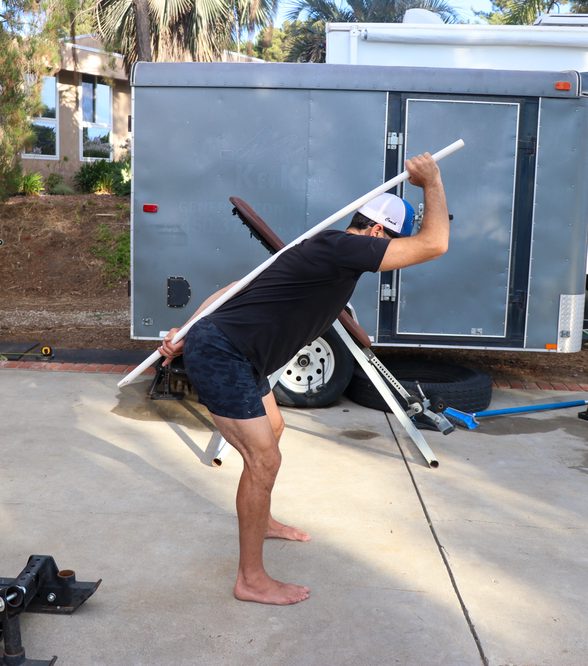When you hear someone described as strong what do you imagine? What about the term strength? Is there a positive association or a negative one? Did you picture a gym or working out?
Most people associate strength with Arnold, working out, the gym, and athletes- and for good reason. Strength is all that and more. Strength is also a measure of the health of an organism. How strong you are going into a surgery greatly influences outcomes and reduces recovery times. The best way to prevent an injury is to strengthen that area and its surrounding tissues. Strength is the byproduct of hard work, and its opposite is, literally, weakness.
Defining Strength
First, understand that strength is necessary for life. Let’s define a few pertinent types:
Mechanical Strength: the ability to withstand applied stress or load without structural failure. This helps you avoid injuries when life hits.
Physical Strength: the measure of exertion of force against an object. This helps you get shit done.
Relative Strength: the amount of force you can produce given your body mass. This shows where you stand pound for pound.
Why It’s Important
Strength is vital for movement, and daily movement is vital for good health. Your body is like a car, it needs to be driven regularly in order to function properly.
A big problem arises when we don’t prioritize regular movement and physical exertion in our day to day lives. It presents itself in many different ways: from hormonal imbalances to weight gain, injury, mental health, autoimmune disease, chronic pain and the list goes on. It’s true diet plays a big role in these issues as well. Food is fuel for the body, but if you’re not moving, what are you fueling?
Why We Need It
I strongly believe that we all need some level of strength and conditioning on a weekly basis as a core health-maintenance plan. Your blood carries oxygen and vital elements through your entire body via a system of veins, arteries, and capillaries that operate like a system of pumps (like a car). In order for the blood to travel into all tissues, the pumps need to be effectively moving blood.
Increasing your heartrate throughout movement and strength exercise drives these pumps. We are built to perform physically. In order for our bodies to operate as they were designed, we need to move. It’s as simple as that.
How To Get Strong
Dr. John Rusin coined 6 foundational patterns of movement that everyone should train:
Squat: any variation i.e Goblet squat
Hinge: hip hinge dominant movement i.e deadlift
Lunge: split pattern i.e drop lunge
Push: i.e pushup
Pull: i.e pullup
Carry: loaded carry i.e farmers walk or suitcase carry
These 6 movement patterns are the core of human movement. They are simple, trainable patterns involved in every action you need to be strong for life. All 6 patterns need to be mastered to perfection and trained diligently on a weekly basis. This is your exercise prescription. This is the basis of your program design, and the foundation of your movement training. Think outside the box with variability in exercise selection but keep it simple when it comes to raw strength and heavyweight.
For each individual, frequency, volume, intensity and exercise selection will vary based on age, goals, abilities, etc. Exercise selection will range from simple to complex based on what you know and are comfortable doing. I recommend having a variety of exercises for each movement pattern that you are confident you can do correctly. If you don’t have at least 5 exercises you can train regularly in each movement pattern, that means you need to learn to do some new exercises. Always start with bodyweight or light weight, practice until you are competent in the movement, then slowly increase load over time.
FIIT Principle
To get strong, and to stay strong, you need to train. When thinking about your own strength training program, first consider the FITT Principle.
Frequency (Days or Minutes/Week)
Intensity (scale of 1-10)
Time (duration)
Type (strength, conditioning, mobility)
You will always be making adjustments in your training as you dial it in with your diet, sleep, and other variables.
Take the FITT principle and apply it using the 6 foundational movement patterns as a guide when you make your exercise selection. When designing your own weekly strength training using these tools, you can be sure you are not neglecting anything.
I’ve put together a chart to show you what a week of strength training could look like for someone who trains 2 days a week, 50 minute sessions for strength.
F: 2x/week
I: 7/8
T: 50-minutesessions
T: Strength
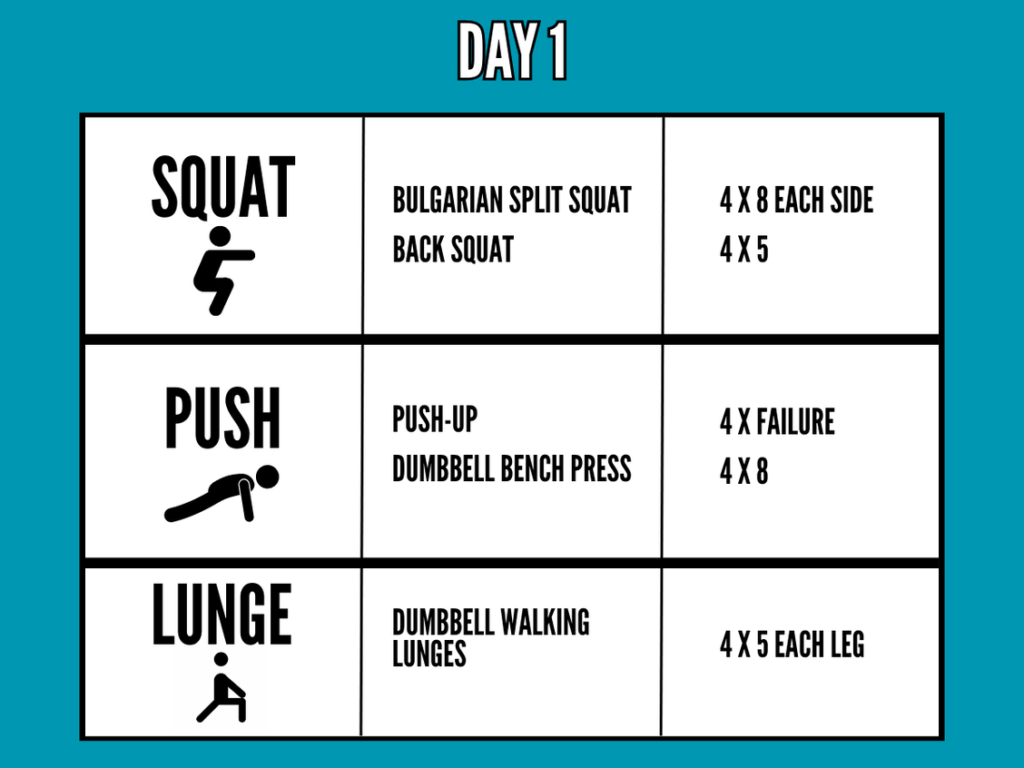
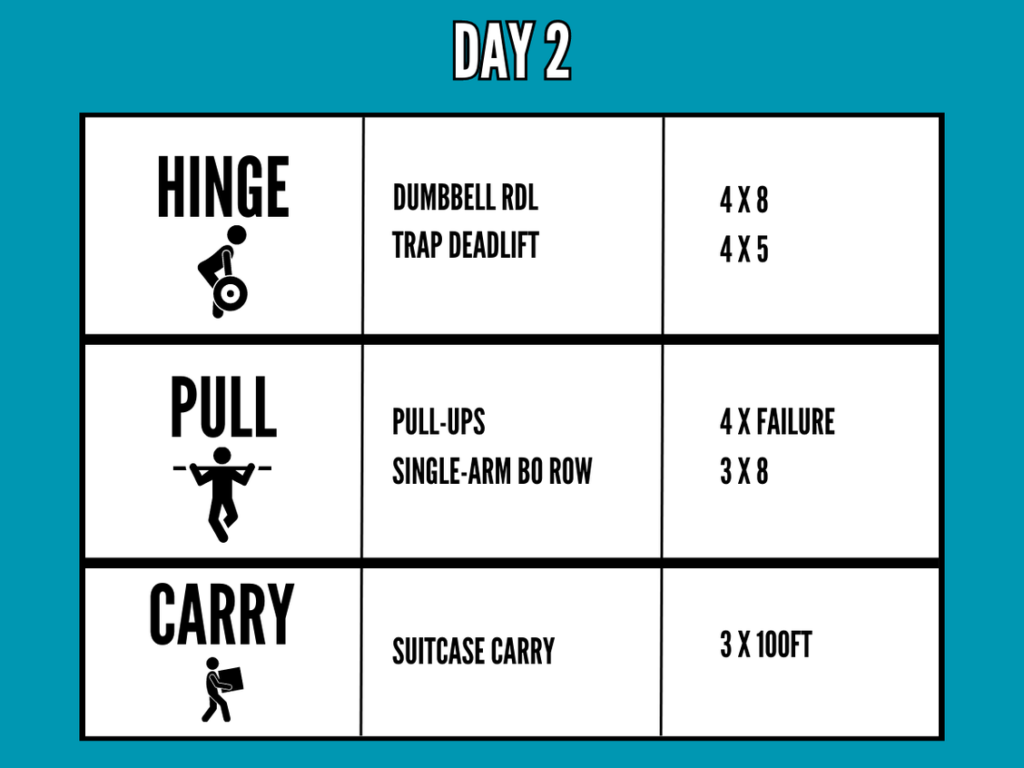
Over the next 6 months I will be covering each foundational movement pattern in detail. Along with this series, I am developing a system to organize and simplify strength training for the everyday person. My goal is to guide people to safely and effectively manage their own training schedule to aid them in safely reaching their personal physical goals.
Have any questions on this method of programming? Send an inquiry and we can discuss it in more detail.
Resources:
For education and support backed by decades of science and application:
- www.DrJohnRusin.com – Dr. John Rusin is an online coach. The 6 Foundational patterns are his brainchild. I have learned a lot from him, I apply some of his teachings in my own training and incorporate them into my own processes. I hope you find his work helpful too.
- The American College of Sports Medicine: www.ACSM.org offers peer-reviewed journals, official positions related to sports medicine and exercise science, books, podcasts, blogs on trending topics, and more.
- ACSM Sets the gold standard for physical activity and health. American College of Sports Medicine. Physical activity guidelines. [cited 2022 October 3]. Available from: https://www.acsm.org/read-research/trending-topics-resource-pages/physical-activity-guidelines
- Functional Movement Systems: www.functionalmovement.com has a movement podcast and tons of great articles and other free resources available. The FMS certifies healthcare professionals in systems that help people to improve quality of movement by first moving well, then moving often.

